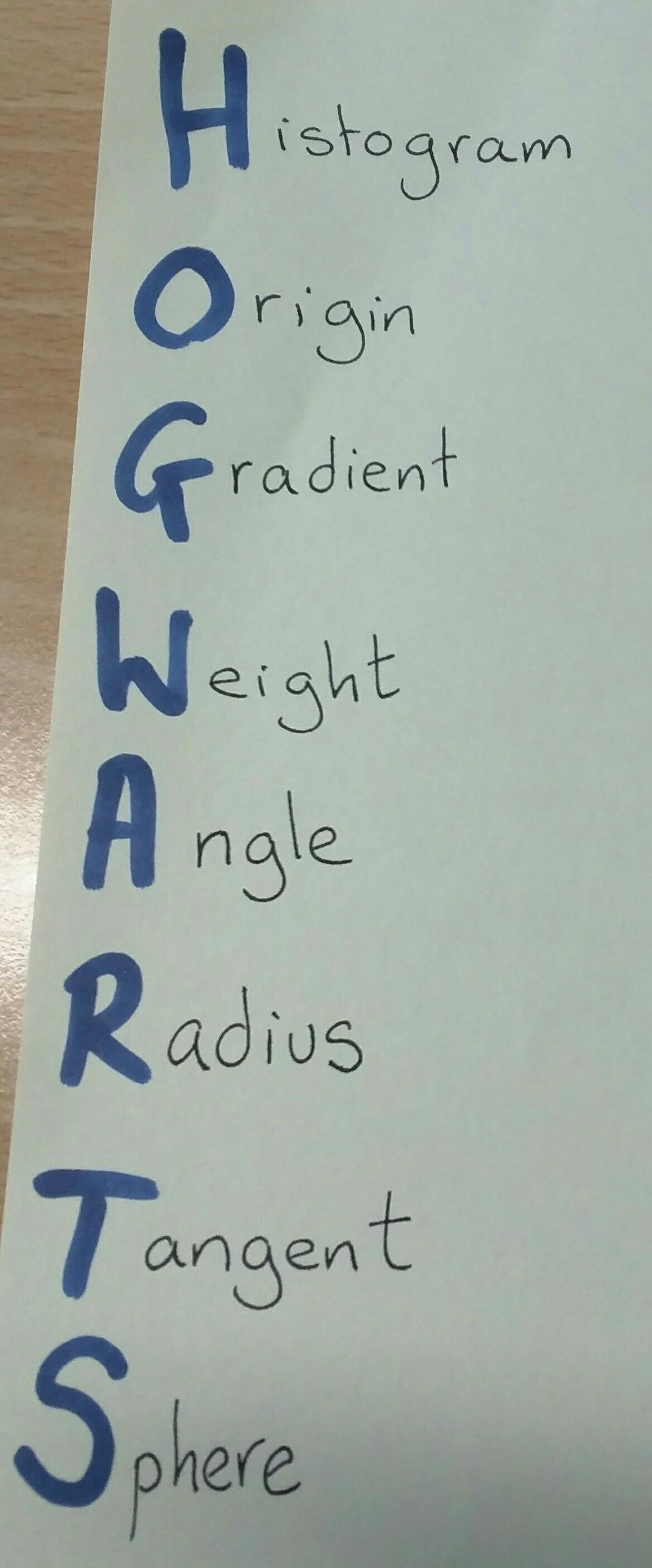You may already know about my blog posts on the ‘Dancing Man’ cipher. If not, check them out here;
97. The Dancing Cipher (part two)
Now, I have two parallel classes and I want to set the Dancing Man project as a homework, but they’ll be doing the task at different, but overlapping times. I don’t want the second class to have an unfair advantage, so I’ve written a second task. All the instructions are the same, but it’s a different text. I’m not sure whether to give each class a different text or whether to randomly assign both texts within both classes to avoid copying/generate confusion.
This text is a little more interesting than the last one … think zombies!
You can download an advanced (Beta?) copy below and I’ll update you on how it went, after I’ve done it.
Letter frequency analysis project answer B

